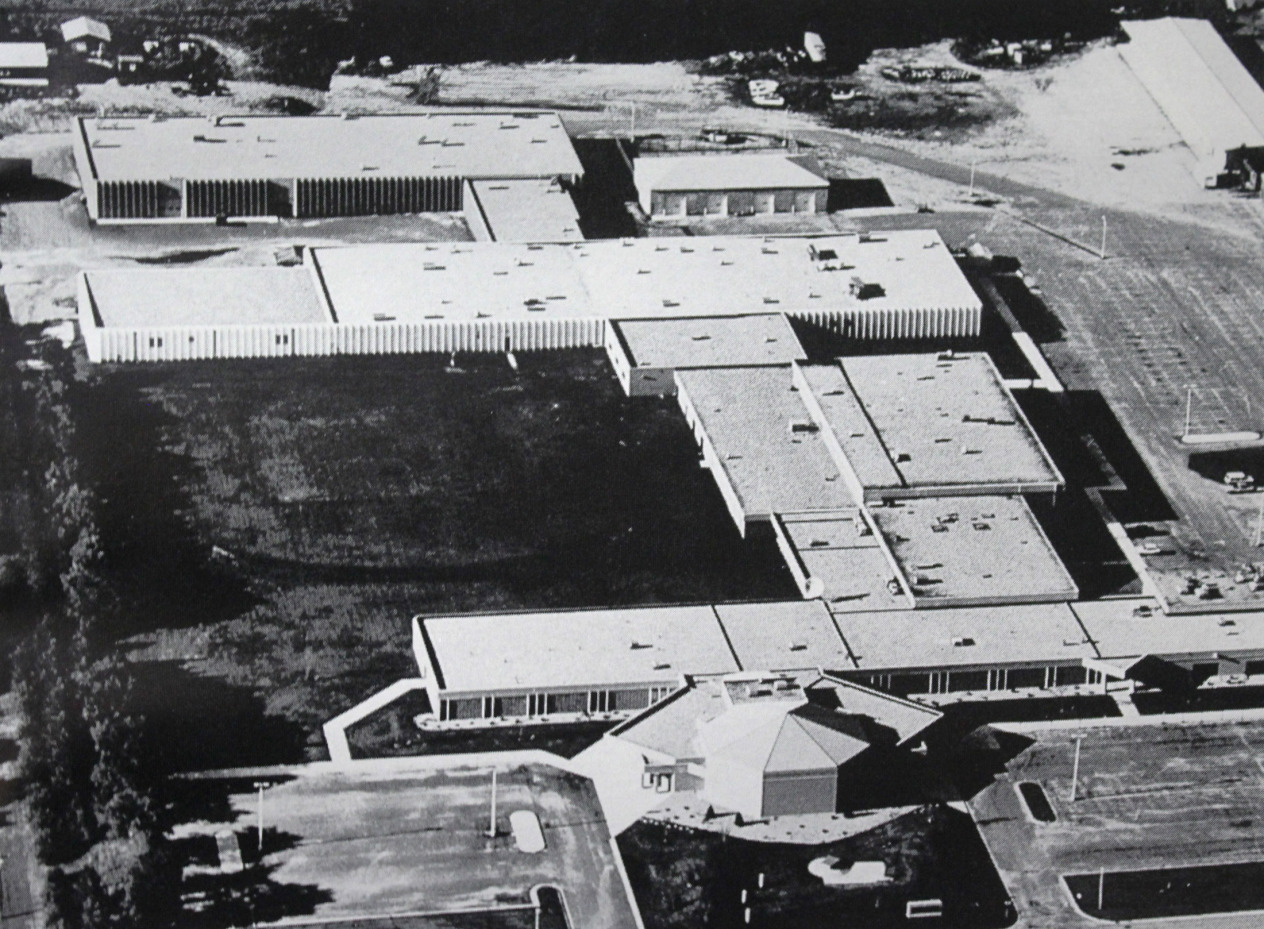Title
CHEM1112 - General Chemistry II
Description
Description
Meets MnTC Goal Areas 2 and 3. This course is the second of a two-course series (CHEM1111 and CHEM1112) intended for science majors. Students will learn the general chemistry principles: intermolecular forces, properties of solids and liquids, solution chemistry, kinetics, chemical equilibrium, acid-base equilibrium, solubility equilibrium, thermodynamics, electrochemistry, nuclear chemistry, and possibly coordination chemistry and an introduction to environmental chemistry. The course includes a lab. Students completing the two-semester sequence will be competent in all the areas listed in General Chemistry I & II of the Minnesota State Chemistry Transfer Pathway.
API ID
Credits
5 (4/1/0)
Competencies
- Identify the dominant intermolecular force of a molecular compound and make qualitative predictions concerning the physical properties of the condensed phases.
- Explore phase changes: describe, interpret phase diagrams and calculate the energies of phase changes.
- Analyze the energetics of solution formation and several solution concentrations including percent, molarity, molality and mole fraction.
- Describe and perform mathematical calculations for solution colligative properties.
- Solve kinetic chemistry problems using experimental data and proposed reaction mechanisms.
- Apply integrated rate law and half-life equation.
- Use dynamic equilibrium principles and experimental data to solve equilibrium problems including equilibrium shifts using Le Chatelier’s Principle.
- Analyze acids and bases using the Arrhenius, Brønsted-Lowry and Lewis definitions as well as acid and base dissociation constants.
- Calculate pH of acids, bases and buffer solutions, and construct acid/base titration curves
- Calculate Ksp using solubility data, and use Ksp to determine solubility of pure compounds and in the presence of a common ion.
- Describe the factors that affect solubility, including the common ion effect, pH and complex ion formation.
- Determine oxidation numbers and balance aqueous redox reactions in acidic and basic solutions.
- Calculate standard potentials for electrochemical cells and relate to standard free energy, potentials under nonstandard conditions and the equilibrium constant.
- Calculate ΔH, ΔS and ΔG for phase transitions and chemical reactions (including finding the temperature range [and the value of T*], over which a reaction is spontaneous) using appropriate standard values from thermodynamic tables.
- Apply the relationships between thermodynamic quantities such as enthalpy, entropy and Gibbs energy, and the direction of change in natural processes.
- Predict, on the basis of qualitative reasoning, the sign of the ΔS for reactions and phase transitions.
- Relate thermodynamic data (ΔH, ΔS, and ΔG) to the value of the equilibrium constant for a reaction (and vice versa).
- Identify types of nuclear reactions and write balanced nuclear equations.
- Conduct laboratory work (which includes measuring quantities, recording observations of chemical processes, and using proper glassware and equipment and proper techniques for laboratory procedures) in compliance with guidelines for personal lab safety and responsible management of chemical waste.
- Effectively communicate lab procedures, observations and results in the form of laboratory notebook, written reports and verbal presentation
- Interpret and analyze qualitative observations and quantitative results, incorporating graphs and tables as appropriate.
Degrees that use this course
Degrees that use this course
Degree:
Associate of Science (AS)
Location:
Fergus Falls Campus
Moorhead Campus
Credits:
60
Degree:
Associate of Science (AS)
Location:
Moorhead Campus
Credits:
60
Degree:
Associate of Science (AS)
Location:
Fergus Falls Campus
Moorhead Campus
Credits:
60
